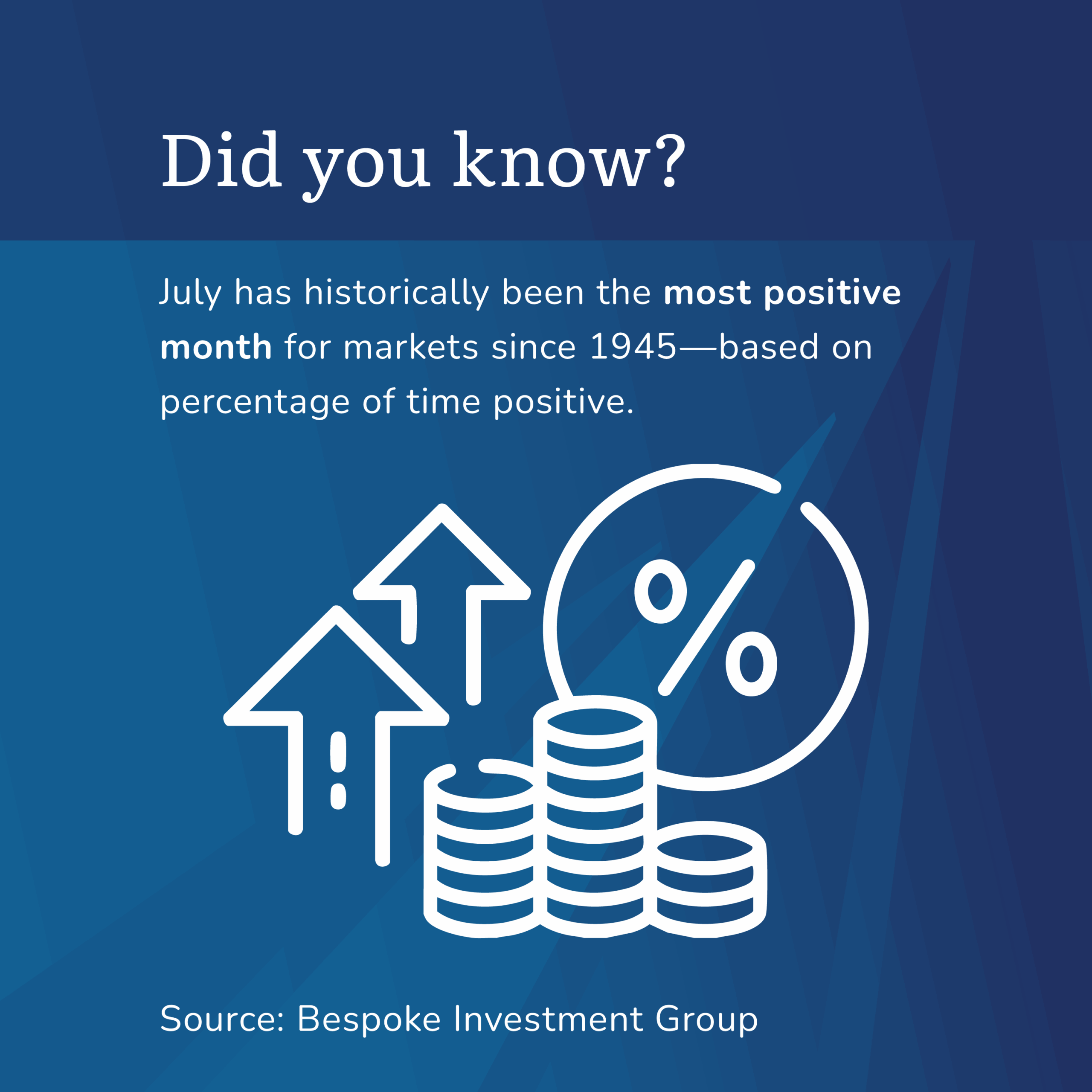Swinging for Success: How Golf Strategies Can Sharpen Your Investment Game
Introduction: Bridging the Gap Between Golf and Investing
What do Tiger Woods and Warren Buffett have in common? A strategic, disciplined approach to their respective fields. Golf and investing may seem like two entirely different activities, but they share striking similarities that can provide valuable insights for anyone looking to improve their financial acumen. Both require careful strategy, risk assessment, and a long-term focus. This article explores how the skills and mindsets developed on the golf course can translate into effective investment strategies.
Risk Management: Assessing the Shot – How Golfers and Investors Evaluate Risks

Golfers constantly evaluate risks with each swing. They consider factors like wind direction, hazards, and the course layout before deciding which club to use. Similarly, investors must assess the risks associated with their financial decisions. In both golf and investing, making smart decisions requires a step-by-step process that leads to a well-thought-out action.
Imagine you’re standing on the golf course, preparing to take a shot. First, you notice that you’re 220 yards from the green, so you consider the distance. Next, you glance at the wind and see it’s blowing left to right, which means you’ll need to adjust your aim. You also see a water hazard about 150 yards ahead. After thinking about these factors, you decide to play it safe and lay up short of the hazard rather than risking it all for a shot over the water. Based on this decision, you choose a club that gives you control rather than distance, like a Pitching Wedge instead of a 3-wood, and adjust your swing accordingly.
Now, imagine you’re assessing a potential investment. You start by considering your overall financial goals—let’s say you’re saving for retirement in 20 years. Then, you understand your risk tolerance, risk capacity, and risk required. Next, you determine a savings strategy that allows you to periodically contribute to your long-term investment portfolio. Based on this, you weigh whether to have more growth assets or take a safer route. Ultimately, you decide on the asset allocation (or mix between growth assets and fixed income) that best fits your wants and needs.
In both scenarios, each step leads logically to the next, with thoughtful consideration of risk, goals, and strategy. This careful process helps you make decisions that maximize success, whether on the golf course or in your investment portfolio.
Patience and Long-Term Focus: The Power of Persistence on the Fairway and in Finance
Mastering golf takes time and patience. Players must stay focused on their long-term goals, even after setbacks like a bad round or an unexpected slice. This mindset is equally crucial for investors. Market fluctuations can be daunting, but maintaining a long-term perspective often leads to better results than reacting impulsively to short-term changes. For instance, an investor who does not make one of the biggest financial mistakes—selling in panic—will likely benefit when the market rebounds.
The same way a golfer might have an off day but trusts their long-term game plan, investors need to resist the temptation to react hastily during market volatility and instead focus on their long-term goals.
Diversification: Using the Right Clubs to Build a Balanced Investment Portfolio
Golfers use different clubs for different shots—drivers for long distances and wedges for short chips, and then all the in-between clubs such as 3-9 irons. Similarly, investors should diversify their portfolios across various asset classes to capture a globally diversified portfolio. A well-rounded portfolio might include stocks, bonds, alternatives, real estate, and other assets suited to an individual’s risk tolerance and financial goals.
Just as golfers don’t use only one club for every shot, investors shouldn’t rely on just one asset class to navigate market volatility. By diversifying across a range of asset types, investors can reduce the risks associated with relying on any single investment and increase their chances of consistent, long-term success.
Learning from the Pros: How Tiger Woods’ Strategy Mirrors Smart Investing
Professional golfers like Tiger Woods are known for their strategic play and adaptability. Woods’ success comes not only from talent but also from his ability to manage risks and stay patient through challenging rounds. Similarly, successful investors often share stories of weathering market storms by sticking to their strategies. These real-life examples serve as reminders that both golf and investing require discipline and a willingness to learn from mistakes.
By watching the pros in action, we can see that success isn’t just about skill—it’s about making smart, well-timed decisions, adjusting strategies when necessary, and committing to long-term goals. Investors, just like golfers, should keep learning from both their successes and setbacks.
Swinging into Financial Success – Strategic Decisions Lead to Winning Results
Golf offers valuable lessons that extend beyond the course. By applying principles of risk management, patience, diversification, and adaptability to your investments, you can enhance your financial strategies. By following a logical sequence of thought, both golfers and investors can break down complex decisions into manageable steps, reducing the likelihood of impulsive or emotional choices. This structured approach increases the chances of making informed, strategic decisions that lead to success.
Ready to apply these strategic principles to your investment portfolio? Connect with us and start making informed, confident decisions.
Categories
Recent Insights
-

Talk Your Chart | From Saunas to Stock Surges: Market Recoveries, Margin Resilience & Rate Watch | Episode 69
In Episode 69 of Talk Your Chart, Brett and Marcos unpack the surprising speed of the recent market recovery, debate the timing vs. time-in-market mindset, explore political biases in investing, and analyze how corporate margins and U.S. debt are shaping investor decisions in 2025. Charts available for download here.
-

Smart Money Moves for Teens: The Best Financial Literacy Apps
Why Financial Literacy for Teens Matters Let’s face it—teaching teens about money can be tricky. But thanks to an ever-growing list of financial literacy apps, it’s never been easier (or more engaging) to help kids build healthy money habits. I recently spoke with two clients who’ve been using the Greenlight app to help their children…
-

Rebuilding Financial Confidence After Divorce: Managing Risk & Moving Forward
Divorce is not just an emotional transition—it’s a financial one, too. The process of separating assets, redefining financial goals, and adjusting to a new financial reality can feel overwhelming. But with the right mindset and strategies, you can regain control and build a future that aligns with your new chapter in life. Understanding Financial Risk…
-

Giving with Pride: Smart Strategies for LGBTQIA+ Donors
Understanding the Landscape of LGBTQIA+ Philanthropy LGBTQIA+ donors are uniquely positioned to drive meaningful change, but the philanthropic landscape remains complex and underfunded. Historically, LGBTQIA+ organizations have faced significant challenges in securing resources, often competing with larger, more established nonprofits for limited funding. This disparity highlights the importance of strategic giving to ensure that your…
-

How to Build Lasting Relationships that Propel Your Business and Elevate Your Community
As business leaders, our role in the community extends beyond charitable acts—it’s a strategic initiative that strengthens both our businesses and the communities we serve. Building meaningful community partnerships is not just about doing good; it’s about doing it strategically to foster deeper relationships, enhance your brand, and make a lasting difference. But where do…
